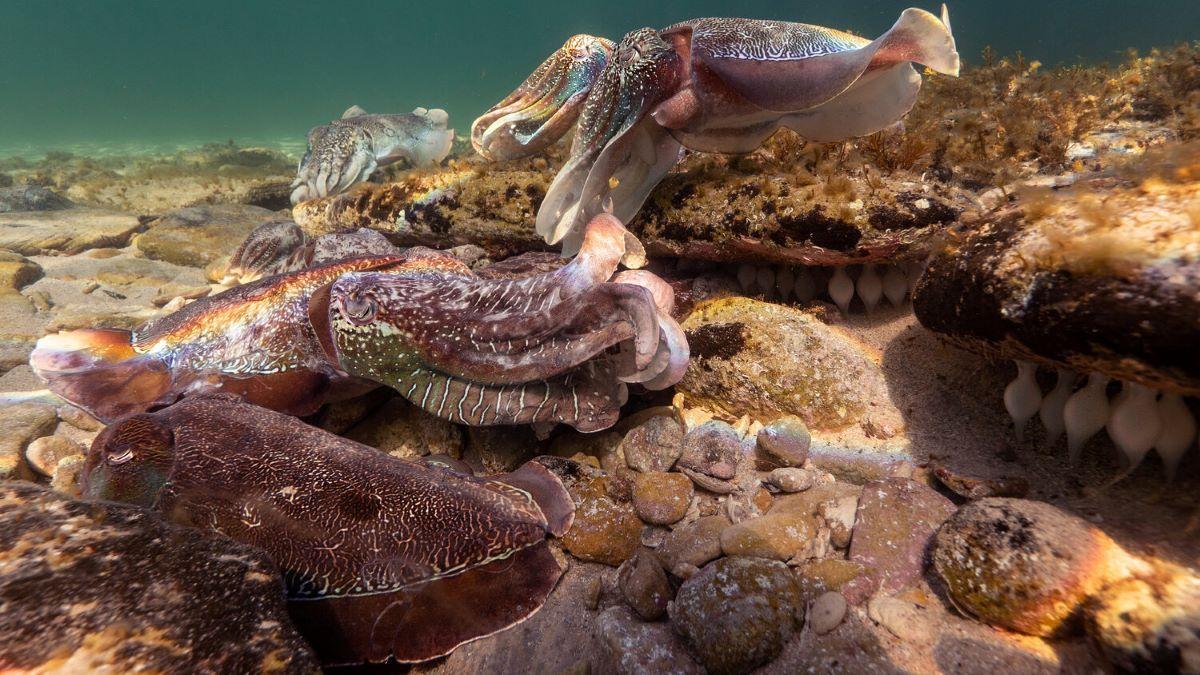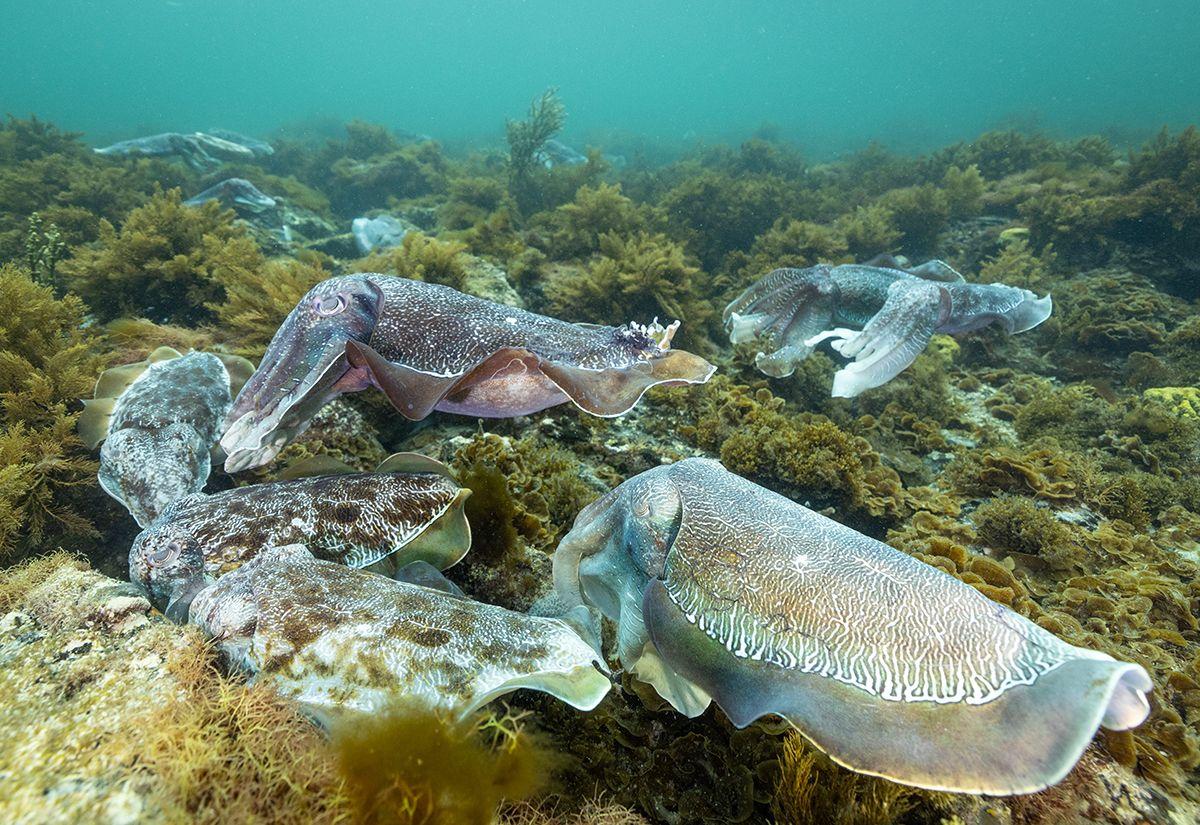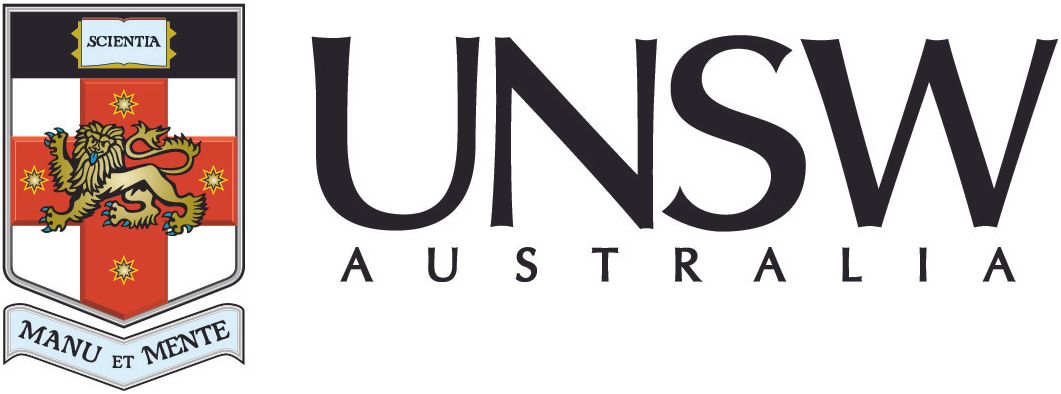Bubble curtains announced to protect cuttlefish site

Image: Stefan Andrews, courtesy Great Southern Reef Foundation.
Media Release
28 August 2025
The South Australian and Federal Governments have announced that air bubble curtains will be installed around a 200m x 100m section of the Australian Giant Cuttlefish breeding site in the Upper Spencer Gulf in an attempt to protect developing eggs and young from the approaching harmful algal bloom.
Cuttlefish and octopus expert Dr Zoe Doubleday at the University of South Australia said:
“It is really exciting to see conservation happening in real time and the proactive use of this technology to help protect the next generation of cuttlefish.”

A bubble curtain prototype overseas. Image: Hydrotechnik Lübeck GmbH CC BY-SA 3.0 de
Biodiversity Councillor member Professor Gretta Pecl from the Institute for Marine and Antarctic Studies at The University of Tasmania said:
“Bubble curtains have previously been trialled at very small scales to protect aquaculture assets from algal blooms, but they are unproven at scale.
“This experimental trial of bubble curtains around one small part of the cuttlefish breeding site is important to test the effectiveness of this technique for protecting the developing eggs and emerging cuttlefish hatchlings.
“This will be important knowledge for a future where more blooms are very possible.
“It is pleasing to see how seriously the South Australian Government has been taking their responsibility to respond to the harmful algal bloom. They are talking to every expert they can and exploring every feasible option.”
Air bubble curtain technology aims to create an underwater barrier to prevent algae passing through the bubble curtain. The plan will use land-based generators and compressors to pump air through underwater feeder lines and tubing to create a buffer zone two metres to seven metres deep along the rocky reef.
Air bubble curtains have never before been used in South Australia, and the installation will be an important trial of this technology.
Marine ecologist Dr Dominic McAfee from the University of Adelaide said:
"Bubble curtains are a preventative measure for harmful algal blooms that work by creating a wall of rising bubbles that form a physical barrier, disrupting and preventing the movement of harmful algal blooms into sensitive areas. So they cannot be used to disperse algae once it has already arrived, but provide a preventative approach to protect high-value sites, such as the Cuttlefish Coast.
“They've been successfully trialled at the scale of aquaculture pens and small enclosed waterbodies, but not at this scale to protect the natural environment.
“Their ability to be switched on or off as required means the bubble curtain can be managed to limit disruption to other species or the cuttlefish once hatched.
“I think it is excellent to see the South Australian government taking this proactive approach. Eventually the algal bloom will be gone, but while it is here it provides an opportunity to understand how it can be managed in situ, so we are more prepared for possible future events."

Cuttlefish aggregate at one location off Point Lowly in South Australia to breed each year. Image: Stefan Andrews, courtesy Great Southern Reef Foundation.
Federal Environment Minister Murray Watt said:
“We are very hopeful the bubble curtain can make a difference during breeding season for the giant Australian cuttlefish, and are pleased to partner with the Malinauskas Government to fund this initiative.
“It builds on ongoing work to protect the viability of SA’s marine species, including a priority assessment by the Threatened Species Scientific Committee which could trigger the development of conservation plans for any species found to be under threat.”
South Australian Premier Peter Malinauskas said:
“The giant Australian cuttlefish is an iconic and spectacular creature, and the State Government is doing everything it can to ensure this precious population survives the algal bloom.
“We have taken significant advice from our Scientific Advisory Panel that this solution represents the best chance of protecting the species should the algal bloom arrive at the Cuttlefish Coast.”













